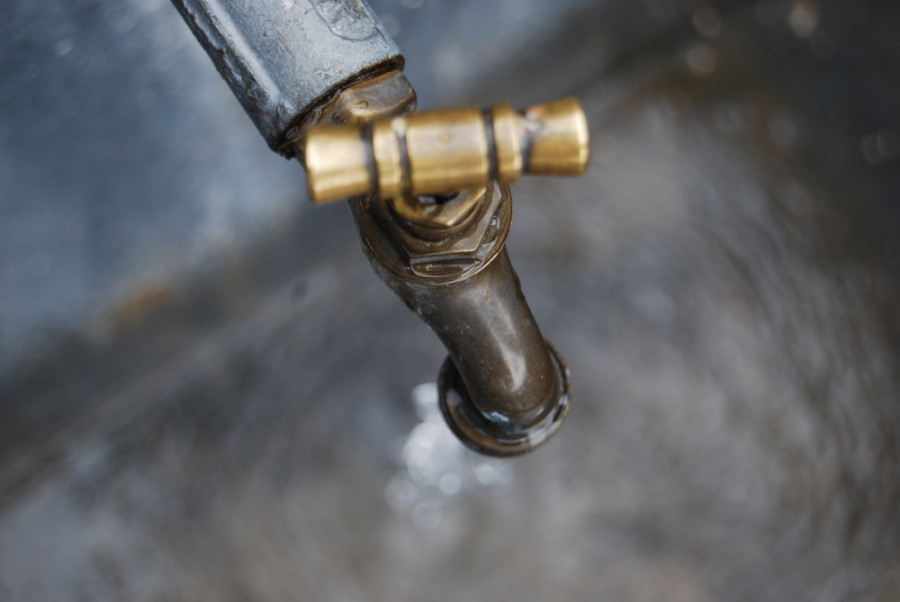Editorial
Watch what you drink
The need to provide clean water to every household cannot be overstated.
The monsoon madness is not going to get over anytime soon, and our woes have only just begun. Apart from the deluge and destruction caused by floods and landslides, sweeping away properties and people, there is every possibility of our water sources becoming contaminated this season. Since a significant portion of the water supply in the country is connected to water springs, without any filtration system, people are compelled to drink tainted water as monsoon rains flood surface and ground water sources. As the government looks the other way, we shouldn’t be surprised if there is a sharp spike in illnesses and deaths caused by polluted drinking water in the coming weeks. Meanwhile, the government, as lethargic as ever, fails to even distribute water purifying tablets, let alone more permanent solutions.
Microbiological studies show that contaminated water is the root cause of various ailments, including diarrhoea, cholera, dysentery, typhoid and polio, leading to the deaths of an estimated hundreds of thousands of people worldwide each year. According to the World Health Organisation, 785 million people globally lack basic drinking water service, including 144 million who are dependent on surface water. People living in the global south use untreated water from unprotected wells and springs for drinking and household purposes, leaving them to suffer from various minor gastrointestinal discomforts to long-term health complications. The need to provide uncontaminated water to every household in the country, therefore, cannot be overstated.
However, notwithstanding our pride in being a water-rich country, Nepal has almost always failed to provide uncontaminated water to its citizens. Unicef estimates that 3.5 million people in Nepal do not have access to basic water resources. A large section of the population living in rural areas depends on open streams for drinking water, which gets contaminated especially during the monsoon. Harmful bacteria such as Escherichia coli (E. coli) are considered to be found in 71 percent of all water sources and 91 percent of those used by the poorest quintile. That is to be expected in a country where 16 percent of the population practises open defecation.
Rural Nepal has almost always remained a hotbed for diarrhoea and other waterborne ailments. What worsens the problem is the dearth of even basic health infrastructure in the villages, leaving people falling victim to diarrhoea and cholera outbreaks. Since the Covid-19 pandemic has rendered Nepal’s perennially fragile health system ineffective, the risk of suffering from, and even dying of, health complications resulting from consumption of contaminated water cannot be ignored. It is to be noted that even communities in urban areas face waterborne hazards as supply networks are rife with leakage and under-maintenance. The government must, therefore, find various short- and long-term solutions to ensure that health complications resulting across the country from impure water are kept at bay. The government must immediately begin repairing faulty water supply networks wherever available, and help build new and improved networks, especially in rural areas, to ensure a systematic mitigation of the problems caused by water contamination.




 17.12°C Kathmandu
17.12°C Kathmandu














